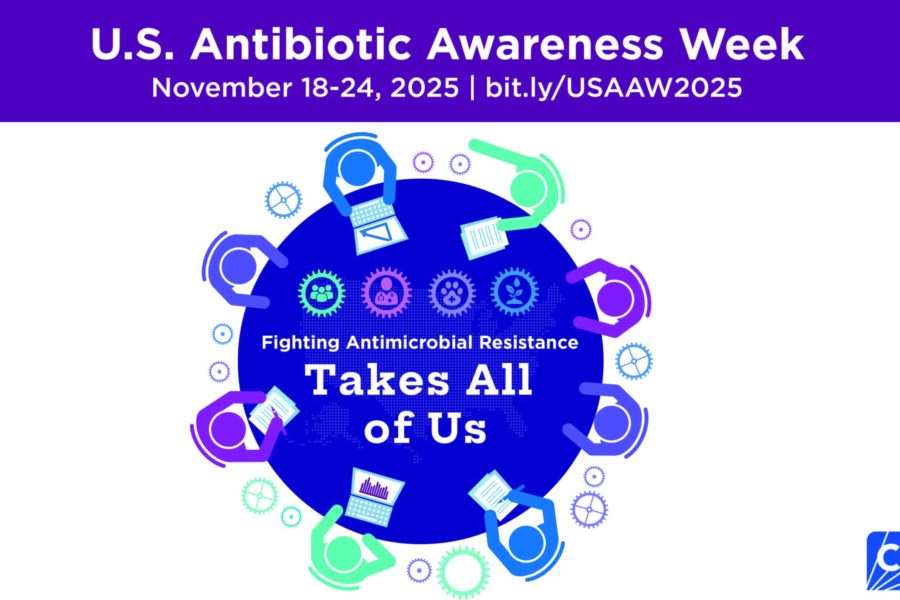Why Advanced Stewardship Matters
Basic prescribing principles such as avoiding antibiotics for viral infections are essential, but they’re not enough to curb antimicrobial resistance (AMR). Hospitals and clinics need advanced stewardship strategies to optimize antibiotic use, improve patient outcomes, and reduce resistance rates. These strategies go beyond education and require system-level interventions supported by data and technology.
Core Advanced Interventions
- Antibiotic Time-Outs
At 48–72 hours after initiating therapy, pause and reassess:- Is the antibiotic still needed?
- Can we narrow the spectrum based on culture results?
- Can we switch from IV to oral therapy? This simple intervention reduces unnecessary exposure and improves targeted therapy.
- Audit and Feedback
Regular review of prescribing patterns with feedback to clinicians is one of the most effective stewardship tools. Peer comparison and constructive feedback encourage adherence to guidelines without punitive measures. - EMR-Based Decision Support
Integrate clinical decision support into electronic medical records:- Alerts for duplicate therapy or prolonged duration.
- Embedded order sets aligned with institutional guidelines.
- Dose calculators for renal adjustment.
- Diagnostic Stewardship
Encourage appropriate use of microbiology tests and rapid diagnostics to guide therapy decisions. Avoid unnecessary cultures that lead to overtreatment.
Building a Multidisciplinary Team
Effective stewardship requires collaboration:
- Pharmacists for dosing and drug selection.
- Microbiologists for rapid reporting.
- Infection preventionists for surveillance and education.
Clinicians for bedside implementation.
Patient Education Tip
Patients may worry when antibiotics are stopped or changed. Try the following approach:
“We’re adjusting your antibiotic based on your test results. This ensures you get the safest and most effective treatment while reducing side effects.”
Provide clear explanations and written instructions when therapy changes occur.
Key Takeaways
- Advanced stewardship strategies—time-outs, audit-feedback, EMR support—are proven to reduce resistance and improve outcomes.
- Collaboration across disciplines is essential.
- Patient communication builds trust and adherence.
Resources for Clinicians:
Check out some of our UNMC ID Faculty members scholarly work on Antimicrobial Stewardship Programs:
- Stewarding beyond the 9–5: Implementation of overnight review of rapid blood culture identification panel results by intensive care unit pharmacists (multiple authors)
- Implementing an Effective Antimicrobial Stewardship Program (Juan Teran, MD)
- A Critical Need: More Data on Antimicrobial Stewardship Programs in Critical Access Hospitals (multiple authors)
- Improving antibiotic prescribing for acute bronchitis in the ambulatory setting using a multifaceted approach (multiple authors)
